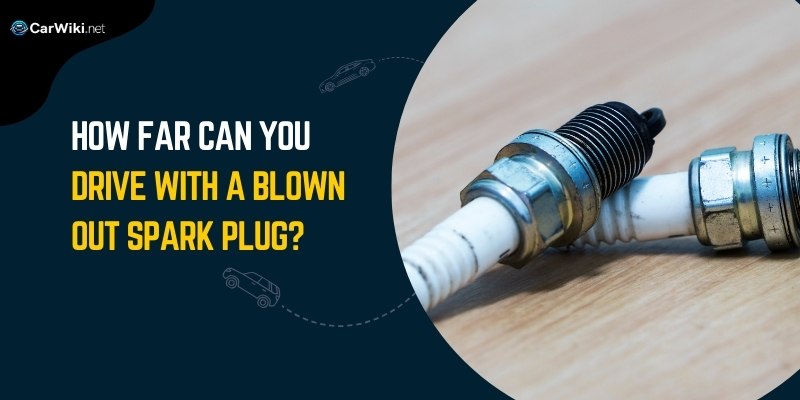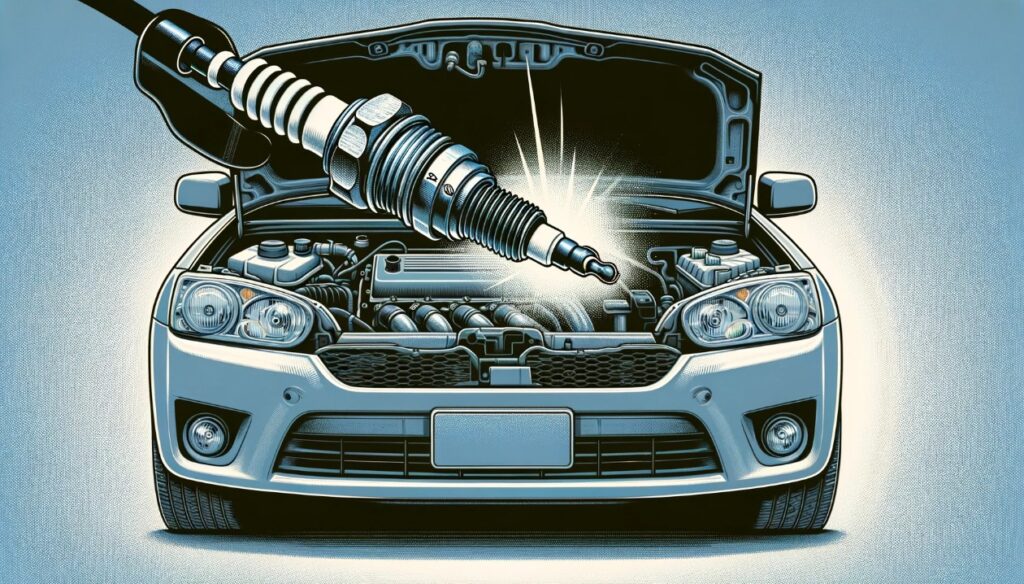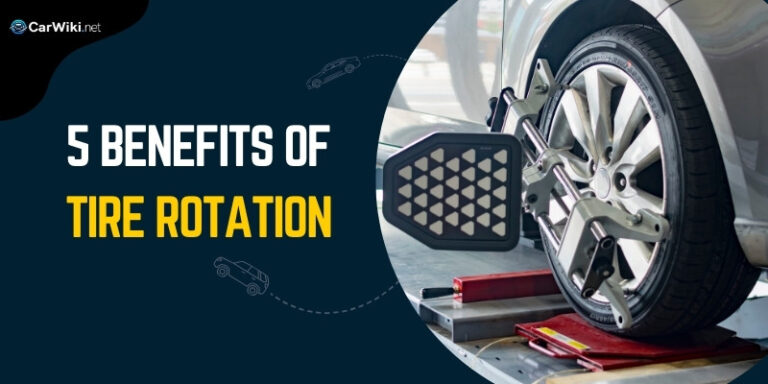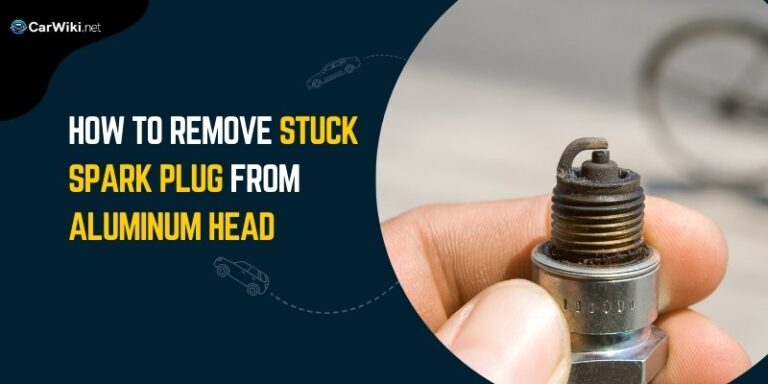How Far Can You Drive With A Blown Out Spark Plug?

Are you wondering, how far can you drive with a blown out spark plug? This article is designed to answer precisely that.
A blown-out spark plug represents a significant mechanical failure that can dramatically impact your vehicle’s performance and engine integrity.
In this extended guide, we will navigate through the nuances of managing a blown-out spark plug, delving into the mechanics behind it, the potential risks it poses, and offering detailed advice on how to mitigate the situation effectively.
Understanding a Blown-Out Spark Plug
Detailed Mechanics Behind a Blown-Out Spark Plug
A spark plug becomes “blown out” primarily due to two reasons: improper installation or mechanical failure.
Improper torque application can lead to excessive pressure on the spark plug’s threads, causing it to eject from the cylinder head.
Mechanical failure could stem from wear and tear or manufacturing defects in the spark plug or the cylinder head’s threads.
This condition disrupts the engine’s compression ratio, directly affecting its performance and efficiency.
Symptoms of a Blown-Out Spark Plug

Expanded List of Symptoms
- Erratic engine idle: An uneven or rough idle can be a precursor to discovering a blown-out spark plug.
- Decreased fuel efficiency: The engine’s inability to properly compress and combust fuel can lead to noticeable drops in fuel economy.
- Engine knocking: Unusual noises, such as knocking or tapping, can indicate that a cylinder isn’t firing correctly due to a spark plug issue.
The Risks of Driving With a Blown-Out Spark Plug
Comprehensive Analysis of Risks
- Catalytic converter damage: Unburnt fuel entering the exhaust system can overheat and damage the catalytic converter, leading to expensive repairs.
- Increased emissions: A malfunctioning engine can produce higher levels of harmful emissions, contributing to environmental pollution and potential legal issues with emissions standards.
- Compromised vehicle performance: The imbalance created by a non-functioning cylinder can lead to poor acceleration and overall vehicle performance degradation.
How Far Can You Drive With a Blown Spark Plug?
Short answer: Not Far…
Driving with a blown-out spark plug is akin to gambling with your engine’s health.
Even a short distance can magnify the engine’s issues, possibly leading to irreversible damage.
It’s not just about reaching a safe location but preventing a scenario where your vehicle becomes a stationary fixture on the roadside.
Immediate Steps to Take
Additional Recommendations
- Assess the situation: If you have the necessary tools and knowledge, assess whether the spark plug can be temporarily fixed for a safer stop.
- Use emergency signals: Always use hazard lights to inform other drivers of your situation, especially if you’re unable to move the vehicle immediately.
Related: How To Remove Stuck Spark Plug From Aluminum Head?
Preventive Measures
Further Insights
- Use quality spark plugs: Opting for high-quality spark plugs from reputable manufacturers can reduce the likelihood of premature failure.
- Engine inspections: Regular engine inspections, beyond just the spark plugs, can identify potential issues before they lead to a blown-out spark plug.
In the end…
Handling a blown-out spark plug with immediacy and precision is crucial to safeguarding your vehicle’s functionality and your safety.
Understanding the depth of the problem, recognizing the signs early, and taking preventive steps can significantly reduce the risks associated with this mechanical failure.
FAQs on Blown-Out Spark Plugs
Yes, continued operation with a blown-out spark plug can cause severe engine damage, including but not limited to the cylinder head and internal engine components.
It’s advisable to check your spark plugs as part of your regular vehicle maintenance schedule, typically every 30,000 to 50,000 miles, depending on your vehicle’s make and model.





